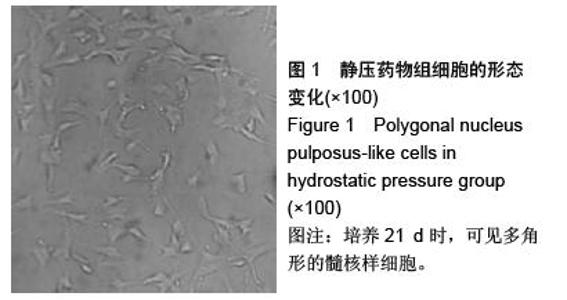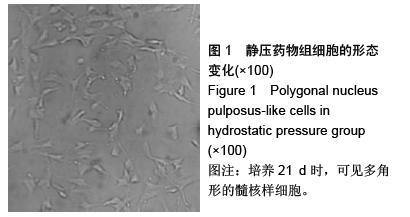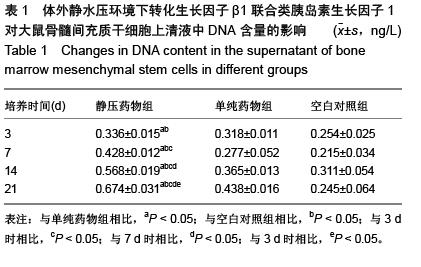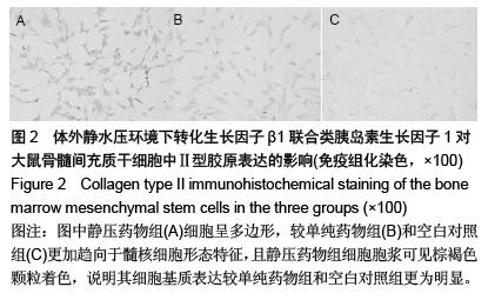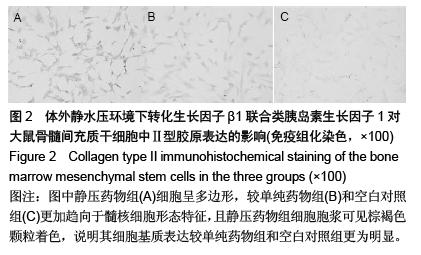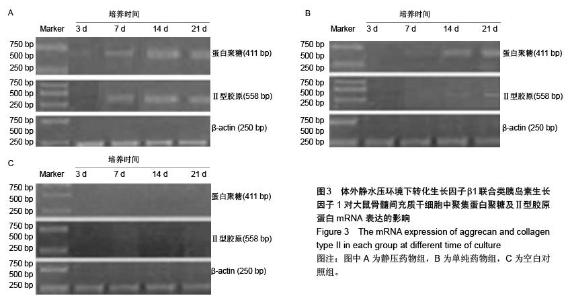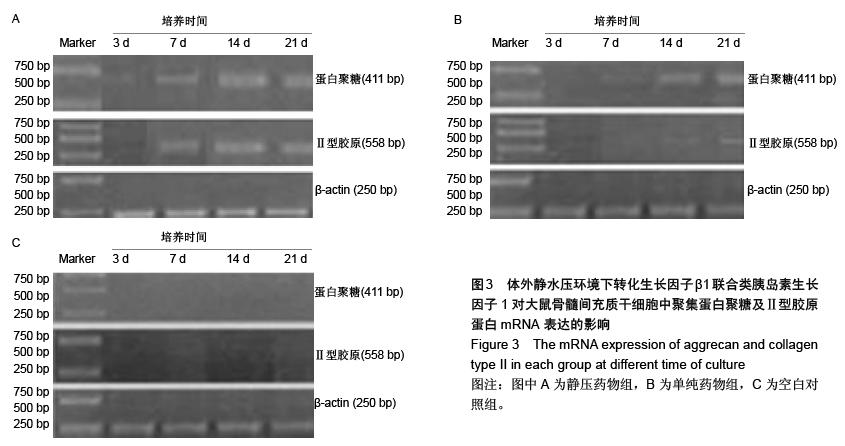| [1] Kepler CK, Ponnappan RK, Tannoury CA, et al. The molecular basis of intervertebral disc degeneration. Spine J. 2013;13(3):318-330.
[2] Colombini A, Lombardi G, Corsi MM, et al. Pathophysiology of the human intervertebral disc. Int J Biochem Cell Biol. 2008; 40(5):837-842.
[3] Alfaqeh H, Chua KH, Aminuddin BS, et al. Effects of different media on the in vivo chondrogenesis of sheep bone marrow stem cells: histological assessment. Med J Malaysia. 2008;63 Suppl A:119-120.
[4] Yim RL, Lee JT, Bow CH, et al. A systematic review of the safety and efficacy of mesenchymal stem cells for disc degeneration: insights and future directions for regenerative therapeutics. Stem Cells Dev. 2014;23(21):2553-2567.
[5] Gou S, Shelerud R, Oxentenko S, et al. Intervertebral disc stem cell transplant is associated with increases disc heightVA meta-analysis of animal randomized controlled trials. Phoenix, AZ: American Academy of Pain Medicine’s 30th Annual Meeting, 2014.
[6] Jin ES, Min J, Jeon SR, et al. Analysis of molecular expression in adipose tissue-derived mesenchymal stem cells: prospects for use in the treatment of intervertebral disc degeneration. J Korean Neurosurg Soc. 2013;53(4):207-212.
[7] 邱匀峰,吴小涛,赵梓汝,等.骨髓间充质干细胞与髓核细胞共培养的实验研究[J].东南大学学报(医学版),2007,26(4):257-260.
[8] Yoon DM, Fisher JP. Effects of exogenous IGF-1 delivery on the early expression of IGF-1 signaling molecules by alginate embedded chondrocytes. Tissue Eng Part A. 2008;14(7): 1263-1273.
[9] Wang F, Wu X, Wang Y, et al. Research situation of stem cells transplantation for intervertebral disc degeneration. Zhongguo Xiu Fu Chong Jian Wai Ke Za Zhi. 2013;27(5):575-579.
[10] Clarke LE, McConnell JC, Sherratt MJ, et al. Growth differentiation factor 6 and transforming growth factor-beta differentially mediate mesenchymal stem cell differentiation, composition, and micromechanical properties of nucleus pulposus constructs. Arthritis Res Ther. 2014;16(2):R67.
[11] Chen WH, Liu HY, Lo WC, et al. Intervertebral disc regeneration in an ex vivo culture system using mesenchymal stem cells and platelet-rich plasma. Biomaterials. 2009;30(29): 5523-5533.
[12] Risbud MV, Albert TJ, Guttapalli A, et al. Differentiation of mesenchymal stem cells towards a nucleus pulposus-like phenotype in vitro: implications for cell-based transplantation therapy. Spine (Phila Pa 1976). 2004;29(23):2627-2632.
[13] Steck E, Bertram H, Abel R, et al. Induction of intervertebral disc-like cells from adult mesenchymal stem cells. Stem Cells. 2005;23(3):403-411.
[14] Morigele M, Shao Z, Zhang Z, et al. TGF-β1 induces a nucleus pulposus-like phenotype in Notch 1 knockdown rabbit bone marrow mesenchymal stem cells. Cell Biol Int. 2013; 37(8): 820-825.
[15] Boyd LM, Chen J, Kraus VB, et al. Conditioned medium differentially regulates matrix protein gene expression in cells of the intervertebral disc. Spine (Phila Pa 1976). 2004;29(20): 2217-2222.
[16] Buckwalter JA. Aging and degeneration of the human intervertebral disc. Spine (Phila Pa 1976). 1995;20(11): 1307-1314.
[17] 郑力峰,叶君健,郑佑相,等.胰岛素样生长因子-1对骨髓间充质干细胞分化类髓核细胞的作用[J].解剖学杂志,2015,38(2): 149-152.
[18] 张长春,周建生,王祥,等.胰岛素样生长因子-1对白介素-1体外诱导家兔椎间盘髓核细胞凋亡的影响[J].解剖学杂志.2013,36(2): 152-155.
[19] 王磊,吴小涛,史志英,等.转化生长因子β1和胰岛素样生长因子1对体外培养人退变髓核细胞生物学活性的影响[J].中国脊柱脊髓杂志, 2007,17(3):218-221.
[20] Park SH, Sim WY, Park SW, et al. An electromagnetic compressive force by cell exciter stimulates chondrogenic differentiation of bone marrow-derived mesenchymal stem cells. Tissue Eng. 2006;12(11):3107-3117.
[21] Wernike E, Li Z, Alini M, et al. Effect of reduced oxygen tension and long-term mechanical stimulation on chondrocyte-polymer constructs. Cell Tissue Res. 2008; 331(2):473-483.
[22] 韩成龙,姜超.模拟微重力下转化生长因子β1诱导骨髓间充质干细胞向髓核样细胞分化[J].中国脊柱脊髓杂志,2011,21(5): 358-364.
[23] Fang Z, Yang Q, Luo W, et al. Differentiation of GFP-Bcl-2-engineered mesenchymal stem cells towards a nucleus pulposus-like phenotype under hypoxia in vitro. Biochem Biophys Res Commun. 2013;432(3):444-450.
[24] Allon AA, Aurouer N, Yoo BB, et al. Structured coculture of stem cells and disc cells prevent disc degeneration in a rat model. Spine J. 2010;10(12):1089-1097.
[25] Dai J, Wang H, Liu G, et al. Dynamic compression and co-culture with nucleus pulposus cells promotes proliferation and differentiation of adipose-derived mesenchymal stem cells. J Biomech. 2014;47(5):966-972.
[26] Sun Z, Liu ZH, Zhao XH, et al. Impact of direct cell co-cultures on human adipose-derived stromal cells and nucleus pulposus cells. J Orthop Res. 2013;31(11):1804-1813.
|
